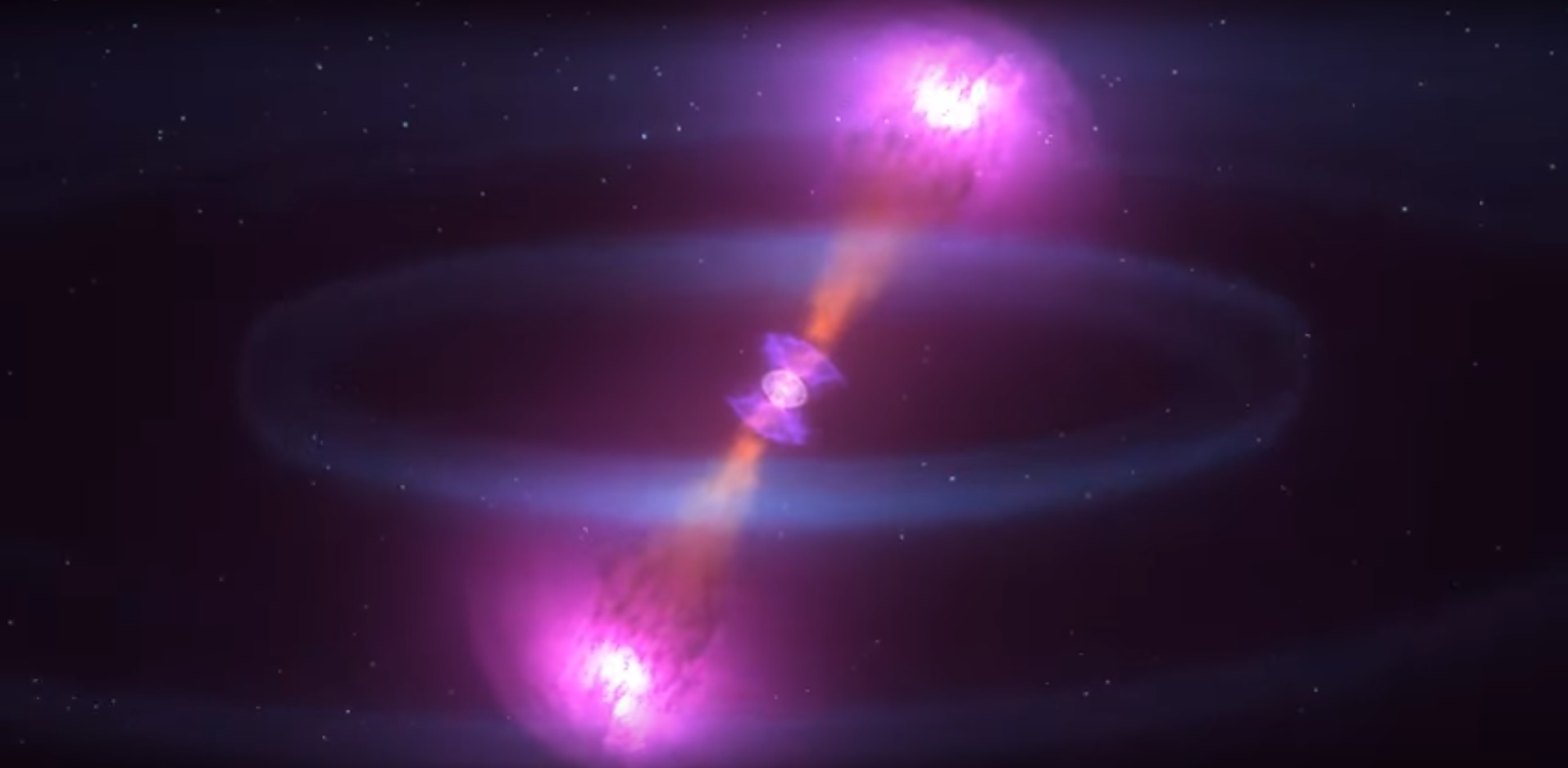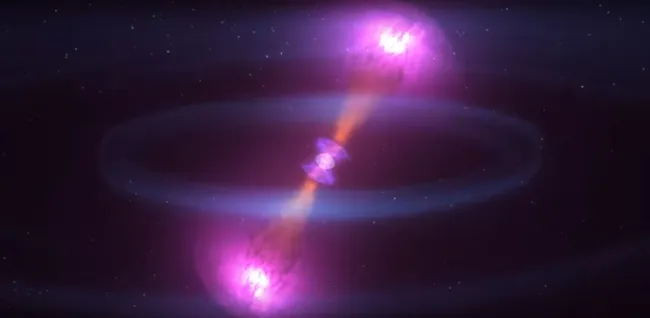Discovery of Two Crashing Neutron Stars Reminds Us the Universe is Still Awesome and Full of Wonder


Ever wonder where the gold and silver of your jewelry come from? I mean, besides from “in the Earth?” Crashing neutron stars, that’s where! Thanks to humanity’s recent ability to detect gravitational waves, we are now able to catch activity happening in our galaxy that we never would’ve been able to before, answering some of science’s biggest questions.
Earlier today, scientists from the Laser Interferometer Gravitational-Wave Observatory (LIGO) Scientific Collaboration announced that the LIGO had detected the gravitational waves produced by two colliding neutron stars, something that has never been seen by humans before. Up until now, the only other thing we’ve seen, thanks to gravitational waves are colliding black holes.
So this discovery, which was first made back in August, allows scientists to gather information on all sorts of new things that have been guessed at before but never proven.
As reported by NPR, the stars “spent more than 11 billion years circling each other more and more closely before finally slamming together about 130 million years ago.” The gravitational waves triggered Earth instruments on August 17th, and as excitement in the global scientific community bounced from observatory to observatory, they were able to learn a bunch in the limited window when the collision would be visible in the sky.
For example, the collision created about 200 Earth-sized masses of gold and 500 Earth-sized masses of platinum. So, you might have this collision to thank for much of your swanky jewelry. Daniel Kasen, theoretical astrophysicist at UC Berkeley said of the discovery, “It’s a ridiculously huge amount on human scales. It’s crazy to think that these things that seem very far out and kind of exotic actually impact the world and us in kind of intimate ways.”
Kasen went on to describe the explosion itself:
“That debris is strange stuff. It’s gold and platinum, but it’s mixed in with what you’d call just regular radioactive waste, and there’s this big radioactive waste cloud that just starts mushrooming out from the merger site. It starts out small, about the size of a small city, but it’s moving so fast — a few tenths of the speed of light — that after a day it’s a cloud the size of the solar system.”
And so, scientific discovery keeps right on trucking along, whether people “believe” in science or not, teaching us that no matter what’s going on here on Earth, the Universe is constantly providing new and exciting reasons to hope.
(image: screencap)
Want more stories like this? Become a subscriber and support the site!
—The Mary Sue has a strict comment policy that forbids, but is not limited to, personal insults toward anyone, hate speech, and trolling.—
Have a tip we should know? [email protected]